Nativity cake toppers and decorations: How to make Mary, Joseph and Jesus

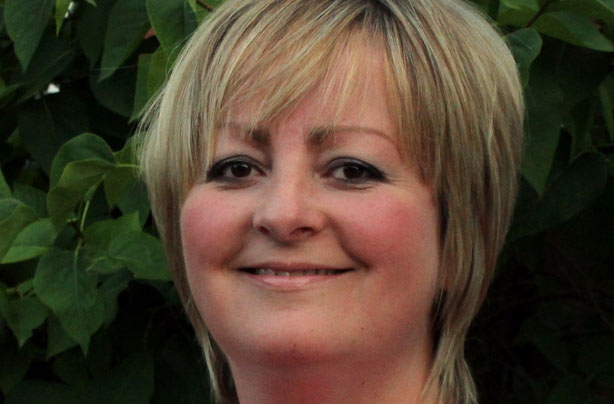
Nothing says Christmas more than a Nativity scene and these impressive Nativity cake toppers and decorations are perfect for the festive period. It's easy to make when you follow our step-by-step recipe.
Make in advance so your fondant cake decorations have plenty of time to set before you show off your creation to your friends and family.
In our guide, we've also advised how to cover a 5-inch cake with marzipan - but, these figures would also look wonderful placed alongside our chocolate finger nativity cake.
Ingredients
5-inch cake covered in marzipan or ganache 500g ready to roll fondant 40g white modelling paste 25g blue modelling paste 65g brown modelling paste 5g dark brown modelling paste 20g light brown modelling paste 20g yellow modelling paste 10g black fondant 25g skin tone modelling paste Black sugar pearls 2tbsps royal icing sugar with a few drops of water 1tbsp apricot jam Paprika petal dust White alcohol, for painting
Step 1
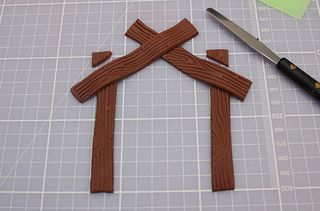
The stable takes 24 hours to dry so you will need to start with this first. Roll the brown modelling paste out to 3mm thick and emboss with the wood grain mat. Cut 4 x 10cmx2cm strips. Place them in the stable shape and trim the corners off the tops of the side panels.
Step 2
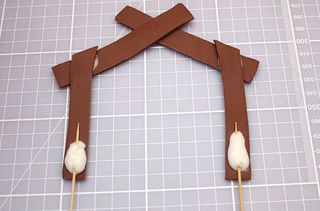
Mix the royal icing sugar together with a few drops of water to make a thick paste. Stick the panels together using the royal icing, making sure the gap between the panels is no bigger than 10cm as then it will not fit on your cake.
Use cocktail sticks but if you have them wooden skewers would be better. Use the royal icing to glue the sticks/skewers to the back of the stable. If you have the wooden skewers, cut them to the full length of the side panels for extra stability.
Use the remainder of the royal icing to stick your cake to the board.
Step 3
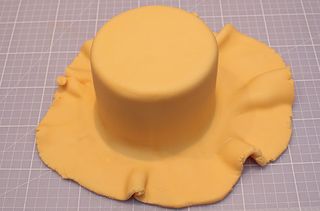
Colour your ready to roll fondant. You can use yellow with a touch of orange to make a sandy colour. Brush your cake with melted apricot jam to help stick the fondant to the cake.
Cover the cake and smooth upwards with the palm of your hands. This stops it tearing on the edge of the cake.
Cut the excess off with a pizza wheel. Make sure you cut it a little large than the edge as it’s really easy to cut it too small.
GoodtoKnow Newsletter
Parenting advice, hot topics, best buys and family finance tips delivered straight to your inbox.
Step 4

Pop your cake onto a non-slip mat, then you’ll know the cake isn’t going to move around while you’re smoothing. Smooth the icing with acetate flexi smoothers.
You can also use these to cut the little extra around the bottom of the cake too. Use the off cuts to cut the mountains. Roll and cut hill like shapes with a sharp knife.
Step 5

Let the fondant dry slightly before brushing the paprika petal dust over the tops of the mountains. Good quality make up brushes are best as the bristles won’t fall out onto your cake.
Stick the mountains on with a brush of water and then draw more hills in the background with the messing wheel. Using the petal dust in a drop of white alcohol, paint the ridges of the hills in the background.
Step 6

Using the frill cutter, roll the white modelling paste out to 2mm thick and cut the houses. You may not get them on in one strip but you won’t see the join if you do it in a few pieces.
Using the black fondant, cut little windows for the houses and stick them on with a dot of water.
Step 7
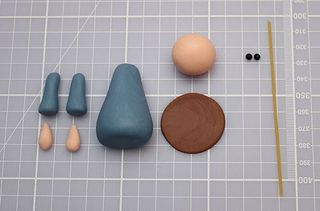
Roll the shapes for Mary and Joseph. The bodies should weigh about 15g and then 5g split in 2 for the arms. If you are making a larger cake, you can just increase the quantities.
Step 8
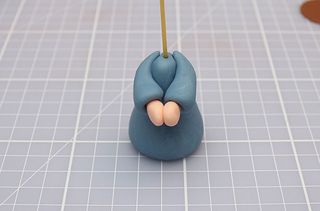
Add the dried spaghetti for stability and pushing the ball tool into the sleeve, stick the hands into the sleeves and then the arms onto the body.
Step 9
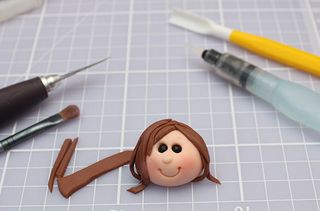
To make the hair for Mary, cut strips and stick them onto the head with a brush of water. Push the black sugar pearl in for the eyes and add a button nose using the skin tone fondant. Use the smile tool for the smile and the ball tool for the dimples.
For the Joseph's beard, cut a 3cm circle and cut it in half. Cut a small opening on the centre of the straight edge and pull the paste down slight to create a mouth. Stick to the beard on to Joseph's head with a brush of water.
To make both headdress, roll 7g of light brown paste into a sausage shape and the roll out flat. Drape it over Mary/Joseph's head securing with a brush of water at the top of the head and at the waist.
Step 10

Roll the yellow paste out to 2mm thick and cut a star then spray the star with the gold food spray.
To make the manger, mould a small rectangle of white modelling paste and add a wooden trim around the outside. For the hay, pop the yellow paste into a garlic press and trim, adding it to the top of the manger.
Step 11
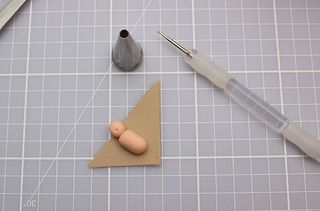
To make the baby, roll a tiny sausage and a small ball for the head. To make the sleeping eyes, use a small plain piping nozzle and a tiny ball tool for the mouth. Lie the baby in a light brown triangle and the folding the bottom point upwards wrap the sides around.
Step 12
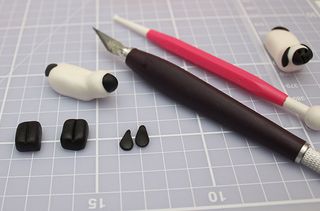
For the sheep, roll a white sausage and bend one end up for the head. Push a ball tool into the front of the head and a small black ball of fondant for the face and stick the legs ears and tail on with a dot of water.
Step 13
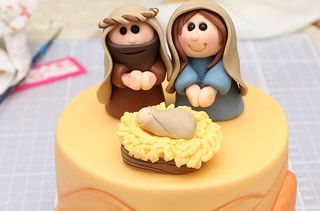
Place the toppers onto the cake by gluing them on with a blob of royal icing. Finally, push the stable into the cake and stick the star on the front with a dot of royal icing.

Victoria Threader is 'the queen of cupcakes' and a contributing Recipe Writer at GoodTo. Not only can she bake delicious cupcakes, she can decorate them too - with each of Victoria’s cupcakes topped with handmade edible toppers. Some of her most popular cupcakes include: rainbow cupcakes, hidden shape cupcakes and even giant cupcakes.